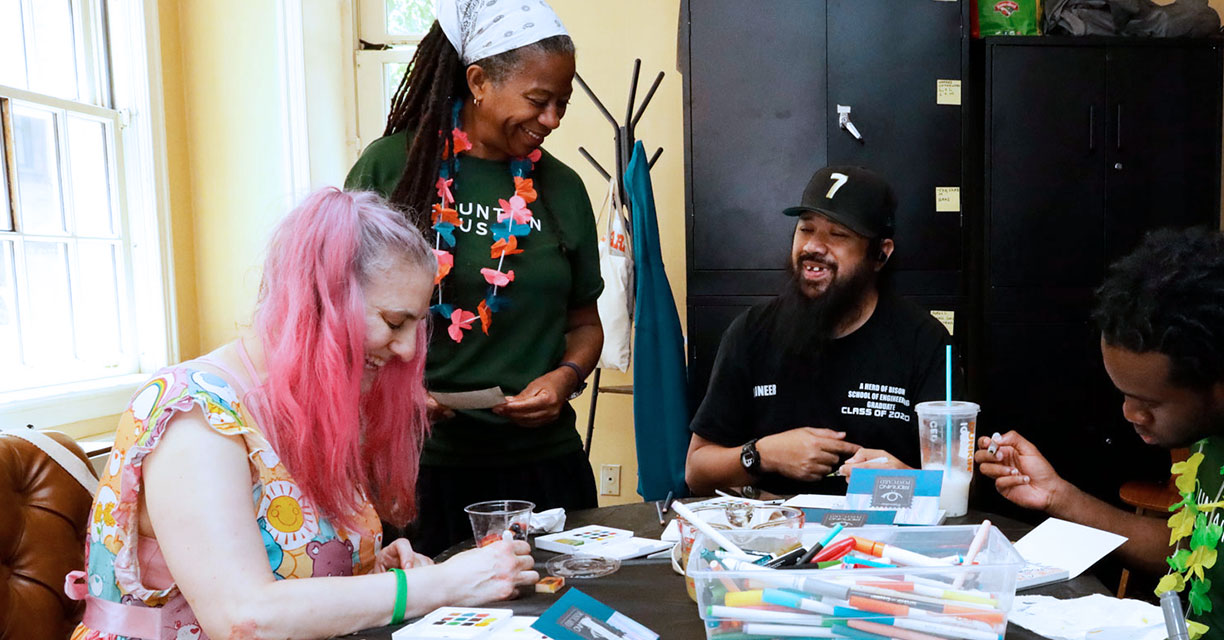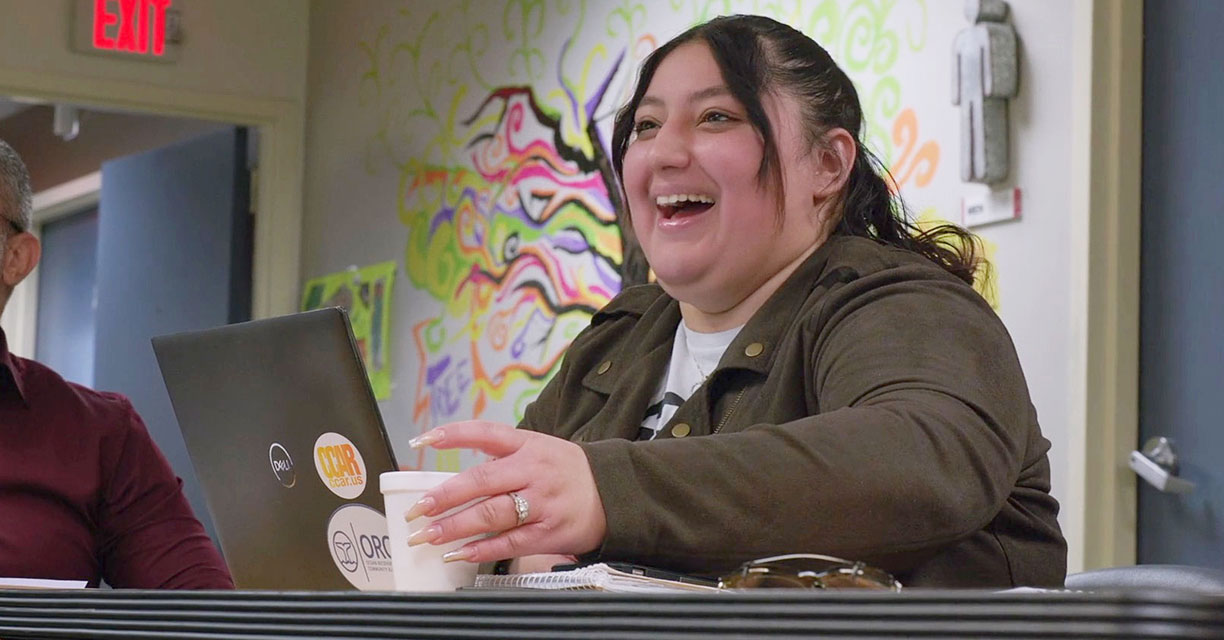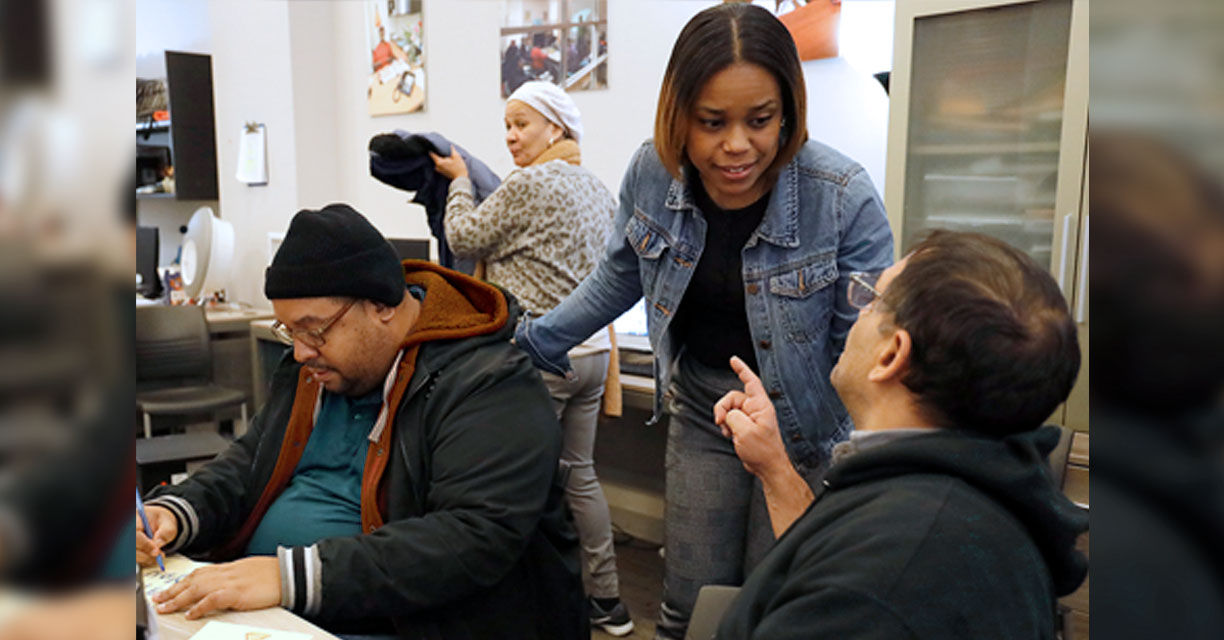By Corey Waller, MD, MS, Managing Partner, Complex Care Consulting LLC and Chair, Legislative Advocacy Committee, American Society of Addiction Medicine
Over the last 10 years of trying to improve health care value, we’ve learned a lot about the reasons behind the complexity of highest-cost patients. One of the most critical is addiction.
The worsening opioid crisis has pushed health care to develop interventions for treatment of opioid use disorder, but a persistent lack of addiction treatment presents a unique challenge for complex care programs. Currently less than 15 percent of patients who need help for addiction have access to treatment. While alcohol is still king of the addictions, opioid use disorder is now the number one cause of death for those under the age of 50. And yes, it is still rising.
And for those that have access, the quality of care is questionable. In the past, addiction treatment has been part of the “carve out” of addiction into an anonymous treatment pathway filled with self-help groups and inpatient rehabs. This has, however, significantly shifted over the last 10 years, and we now have many levels of care that can be delivered to the right patient at the right time. In fact, we have a nationally recognized patient matching tool that screens a patient and places them at the appropriate level of care, whether that be an outpatient clinic or medically managed detox unit.
So where do we start? There is some good news. Addiction is a chronic neurobiological disorder that is predictable, identifiable, and treatable. There are effective evidence-based treatments for addiction that rival the treatment outcomes of any other chronic disease. Luckily, opioid use disorder is the easiest addiction to treat! We only have three medications to learn, it generally doesn’t require inpatient treatment, and has both a significant ROI (7 to 1) and massive mortality benefit. And, these interventions are generally paid for since the enactment of parity in 2008.
The outcomes are life-saving. For instance, the use of methadone, buprenorphine, or naltrexone for the treatment of opioid use disorder yields between 40 to 80 percent effective treatment rates when delivered to the appropriate patient. These outcomes improve even further when co-occurring mental illness is addressed in an integrated manner.
But, and you knew this was coming, we need to build out 85 percent more capacity to meet the demand. Who needs to build this out, and where? None of us are off the hook! These services need to be in hospitals, primary care, stand-alone rehabs, and throughout the ecosystem of health care. Luckily, now is the time, with all states receiving federal dollars to build capacity.
How hard could it be to get a hospital medical staff trained to write a safe prescription for a patient with a high-mortality disease? I would think that every primary care physician would be clamoring for the opportunity to save lives and stabilize their community. Well, it turns out that it is like asking someone to go back to medical school (one that actually trains you in addiction) or for every office manager and CFO to go back to grad school (one that has a class on mental health payment). Simply put, it’s pretty hard.
It has taken me a while to understand why this is so difficult, and I think I finally understand. We are not solving a technical problem; we are solving an adaptive problem. This means that we must win hearts and minds before we can win the war.
I realize that this is pretty big, so why don’t we start with some practical steps we can take in three key parts of the health care ecosystem.
For Hospitals
- Do a community-wide environmental scan of available treatment options. All it takes is one person with a phone and about three days of time.
- Train your medical staff, especially your ED and hospitalist staff, to write for the medications to treat opioid use disorder. The training and certification process for physicians, nurse practitioners, and physician assistants is not difficult. You can even work it into existing structures like grand rounds. And don’t tell me you can’t do this. A couple of years ago two people contracted Ebola in a hospital in Dallas. Two weeks later, every hospital in America had an EMR screening tool, personal protective equipment, and mandated education for all employees. There are no more excuses.
- Have the CFO sit down with the head of the State Mental Health and Substance Use division and the billers from the local addiction treatment facility and learn the ways that addiction can be paid for. Then use LEAN processes to get it down to a science!
- Build policies and procedures for screening and intervention for patients who overdose and/or are diagnosed with opioid addiction. This is the wheelhouse of every middle manager in the hospital. Put them to work. More information is available at the SAMHSA web site.
- Start treating a treatable disease!
For Primary Care
- Realize that 10 to 15 percent of your patients have addiction. So gaining this skill will benefit your current and new patients.
- Call your local hospital to get the results of the environmental scan so you can refer the complex patients.
- Obtain your X waiver and treat at least one patient. The Providers Clinical Support System can connect you with a mentor and help you get all of this done for free.
- Make screening for addiction part of your everyday clinical pathways.
For Addiction Treatment Providers
- Step out of the shadows and lead this effort in your community.
- Hold yourself to a higher standard of evidence-based medicine and provide outcomes for other medical providers to see.
- Be honest about what you can and cannot do. Don’t oversell your level of care.
If we can move past the stigma and treat addiction the same way we do heart disease or diabetes, we will be able to build systems of care that integrate all of the hard-fought wins in medicine with what had been viewed, in the past, as an orphan disease.
All the steps listed above are doable. There is a stable of people around the country trained to help you build this out. If it is made a priority, then it will get done.
The next step is to call the first meeting. Go to your calendar, click on the next available time slot, invite the CFO, office managers, providers, patients, etc., and send the invite. Then wash, rinse, and repeat. There are no viable excuses left for the US to not have a fully viable addiction treatment ecosystem within the next five years. If you are still not convinced, do not fear. We will have continuing future posts covering all of the above steps in detail.



